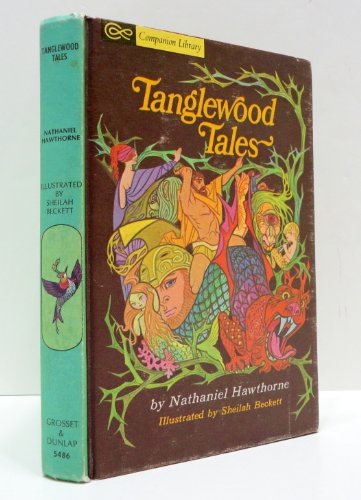
Hawthorne wrote the first book while renting a small cottage in the Berkshires, a vacation area for industrialists during the Gilded Age. Although Hawthorne informs us in the introduction that these stories were also later retold by Cousin Eustace, the frame stories of A Wonder-Book have been abandoned. In the introduction, Hawthorne writes about a visit from his young friend Eustace Bright, who requested a sequel to A Wonder-Book, which impelled him to write the Tales. Hawthorne wrote an introduction, titled "The Wayside", referring to The Wayside in Concord, where he lived from 1852 until his death.



It is a re-writing of well-known Greek myths in a volume for children. Tanglewood Tales for Boys and Girls (1853) is a book by American author Nathaniel Hawthorne, a sequel to A Wonder-Book for Girls and Boys. 1921 edition illustrated by Virginia Frances Sterrett


 0 kommentar(er)
0 kommentar(er)
